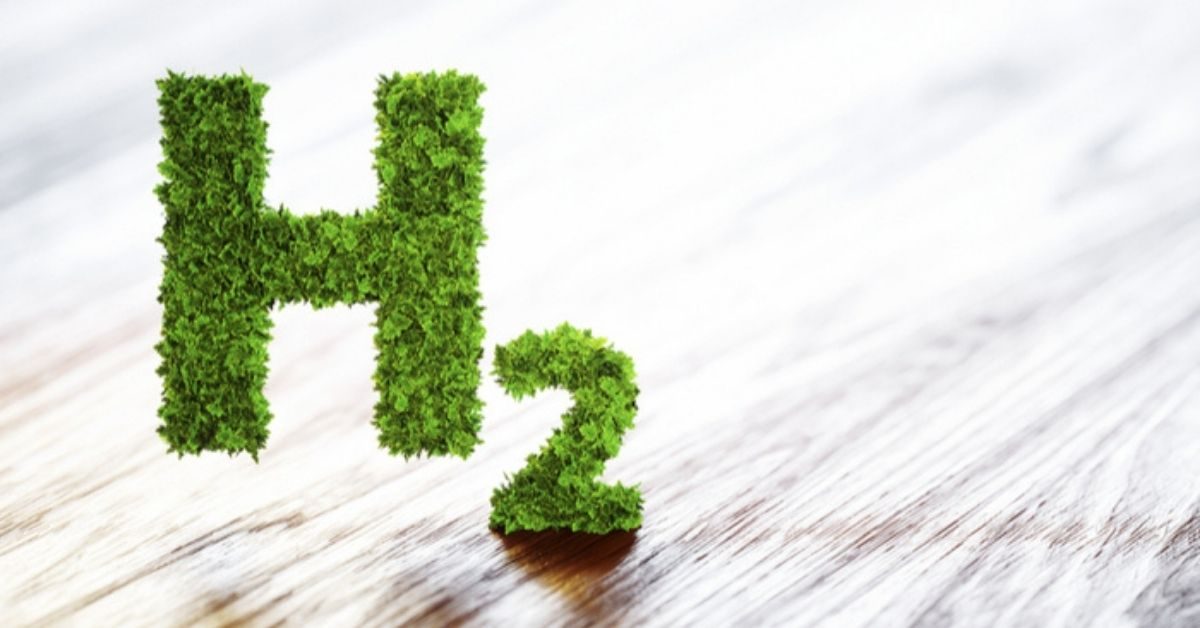The Ministry of New & Renewable Energy (MNRE) has announced guidelines under the National Green Hydrogen Mission for manufacturing electrolysers and production of green hydrogen.
Earlier this year, MNRE launched the National Green Hydrogen Mission, for implementing the Strategic Interventions for Green Hydrogen Transition (SIGHT) programme that aims to establish electrolyser manufacturing base and green hydrogen producing facilities.
Under Component 1 of SIGHT, the MNRE has allocated ₹4,440 crore for manufacturing electrolysers for the period FY26 to FY30, while Component 2 deals with an allocation of ₹13,050 crore for producing green hydrogen from FY26 to FY30.
Overall, under SIGHT, the total financial incentive is ₹17,490 crore and the two components have been launched with the aim of enabling rapid scale-up, technology development and cost reduction.
State-run Solar Energy Corporation of India (SECI) is the implementing agency.
Manufacturing electrolysers
Under Component 1, the government support is offered for manufacturing electrolysers in terms of ₹ per kilowatt (kw) corresponding to the manufacturing capacity.
The base incentive will start at ₹4,440 per kw in the first year, which will gradually decline on an annual basis. The incentives will be provided for five years from the date of commencement of the manufacturing facility.
Another feature in the scheme is to indigenise the electrolyser value chain. The incentives come attached with a condition for the bidder to demonstrate a certain minimum local value addition (LVA) every year. The minimum LVA for both alkaline and proton exchange membrane/ solid oxide/ Anion exchange membrane electrolysers has been specified.
The capacity targeted in the first tranche under this component is 1,500 megawatts (MW).
Producing green hydrogen
A major portion of the financial incentive has been devoted to establishing a robust domestic green hydrogen manufacturing infrastructure in the country.
The MNRE has identified two modes for producing the sustainable fuel. Under Mode 1, interested parties can bid on the least incentive demanded over a three-year period through a competitive bidding mechanism.
Under Mode 2, the SECI will aggregate demand and then call for bids for procuring green hydrogen and its derivatives at the lowest cost through a competitive bidding system.
Under the scheme, a direct incentive in terms of Rs per kg of green hydrogen production will be provided for 3 years from the date of starting the production facility.
The incentives will be capped at ₹50 per kg in the first year of production and thereafter it will reduce to ₹40 per kg and ₹30 per kg in the second and third year, respectively.
The total capacity targetted is 4.5 lakh tonnes per annum (LTPA), which is divided into two pathways. Under the first pathway, which is technology agnostic, the target is to have a capacity of 4.10 LTPA, while the second pathway is for biomass based production to achieve a capacity of 40,000 tonnes per annum. The maximum capacity that can be allotted to a bidder is 90,000 tonnes per annum, while the minimum bid capacity is 10,000 tonnes per annum.







